Blown Head Gasket: How to prevent engine damage?
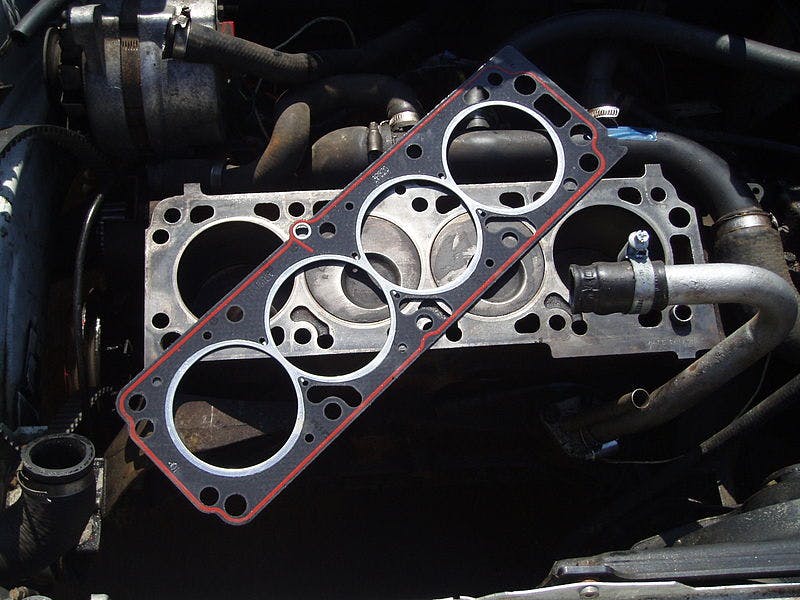
A blown head gasket is a serious problem and is a fear for many drivers. But how do you discover that the head gasket has reached its end and needs to be replaced with a new one? We will clarify this in this article.
Despite the fact that the head gasket should last for the entire lifespan of the engine, the situation is a little different. The driving style in different engine modes and ignoring the malfunctions of certain components affect the lifespan of the head gasket.
Table des matières
A blown head gasket and its effect on the engine
Depending on the type of damage, a blown head gasket can affect engine lubrication, cooling, or both. However, all these factors significantly affect the lifespan of the engine, so it is advisable to solve this problem urgently and as soon as possible, despite the fact that replacing the head gasket is not the cheapest matter.
Ignoring this problem would be much more expensive because there is a risk of fatal and irreversible damage to the engine. The engine oil and coolant lines in the cylinder block are located very close to each other.

These engine oil and coolant channels lead around the combustion chambers from the cylinder block through the gasket to the cylinder head.

Engine Oil Classification Explained
If there is damage in the sealing area, these channels may not be sufficiently separated, causing the engine oil to mix with the coolant liquid.
How does a blown head gasket manifest itself?
A blown head gasket is reported in several ways. The most typical sign of a damaged seal is spots of engine oil in the coolant (resembling greasy eyes in soup) or emulsion (white to cappuccino-colored grease) on the underside of the cap through which the engine oil is poured.
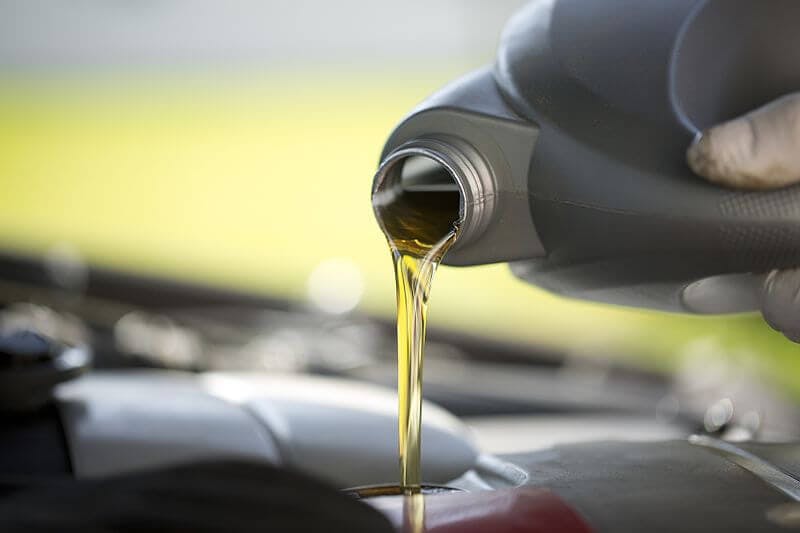
Among other symptoms, however, we can also include a sudden increase in engine oil or coolant consumption. Mixing engine oil with coolant causes rapid degradation of the oil, causing it to lose its properties (loses its lubricating ability).
The oil film is also lost on the contact surfaces, which leads to excessive wear of the engine, damage to the crankshaft bearings, or damage to the camshaft and other engine components. If engine oil gets into the cooling circuit, there is a risk of clogging the channels through which the coolant flows, which results in the engine being fried.
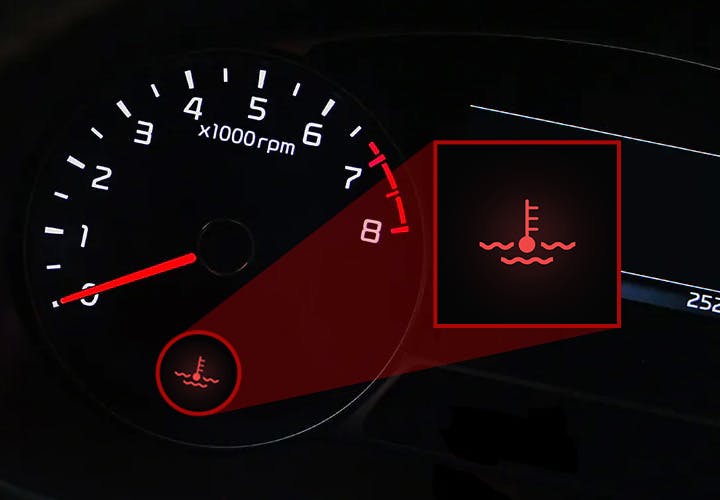
Red Engine Coolant Light: Stop your car now! 🚨
In addition, however, there is also the risk of the engine overheating due to a loss of coolant or, on the contrary, the engine seizing due to insufficient engine oil and, thus, insufficient lubrication.
However, a blown head gasket may not be manifested only by mixing engine oil with coolant. Under certain circumstances, these two operating fluids may leak from the engine or into the combustion chamber. If any of these fluids are leaking out of the engine, you can recognize it very easily by the leakage of moisture or oil through the seal.
However, if engine oil penetrates the cylinder space, blue smoke will start coming out of the exhaust.
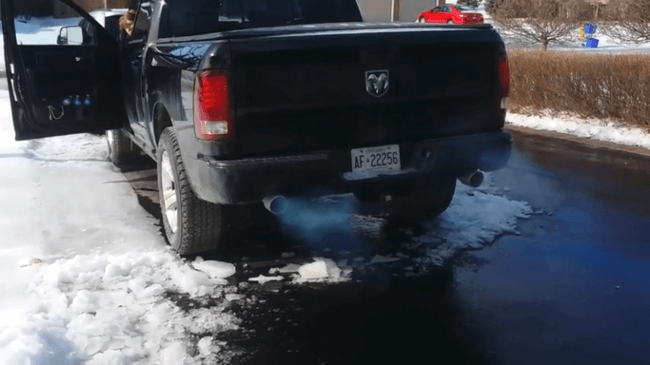
If coolant gets into the cylinder space, white smoke will start coming out of the exhaust. The different coloring of the exhaust gases may only become apparent when the engine is under a higher load if the cylinder head gasket is damaged.
In principle, a healthy engine consumes practically no coolant liquid.
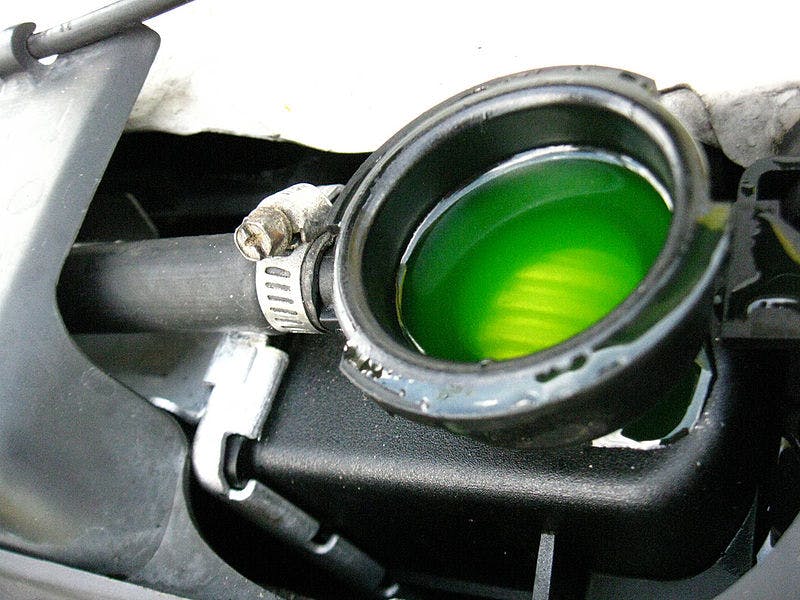
However, as soon as the coolant starts to disappear and you can't detect it leaking from the engine, hoses, or radiator, it's time to check whether the liquid has entered the oil circuit.
How can the head gasket get damaged?
As mentioned, the head gasket should last for the entire lifespan of the engine. However, the reality is often different, and the head gasket ends its service much earlier than it should. Damage most often occurs when the engine is subjected to a significant heat load due to a malfunctioning thermostat, fan, or water pump.
However, other reasons can include driving with a low coolant level, incorrect antifreeze liquid, or loading and cranking the engine when it has not yet reached its correct operating temperature.
Blown head gasket and its replacement
The head gasket is not a component that can be repaired or refurbished. And even if it were, why would anyone do it? The head gasket is not expensive, but the labor is.
After disassembling the cylinder head, replacing the oil and coolant in addition to the new gasket is recommended. If the engine oil gets into the cooling system or, on the contrary, the coolant gets into the oil system. It is also necessary to clean the cooling and lubrication circuit of the engine.
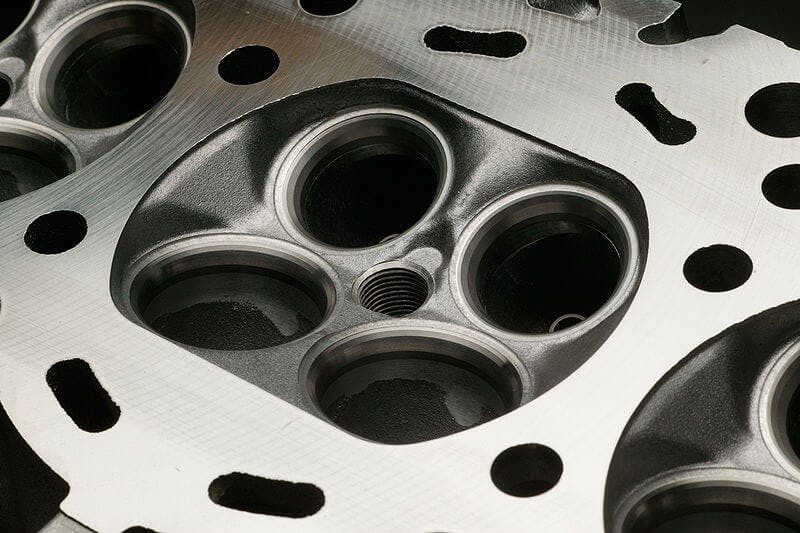
When the cylinder head is already down, it is worth checking the valve clearance, possibly adjusting it, and replacing the head gasket.

Engine valve: What is its function?
Depending on the type of engine, replacing the cylinder head gasket takes several hours, and the total cost of this repair can be quite high, depending on the repair shop. However, costs will increase if the contact surfaces of the cylinder block and cylinder head are deformed. In this case, it is necessary to grind these surfaces smoothly. Otherwise, various leaks could occur, and thus the entire head gasket replacement would be wasted.
An expert should perform the replacement of the head gasket because incorrect disassembly or assembly of the cylinder head could do more harm than good. The cylinder head should be removed in the manner specified by the manufacturer, in that the bolts must be loosened and tightened in the exact sequence. The manufacturer sets the order of loosening and tightening the screws, and should be followed.